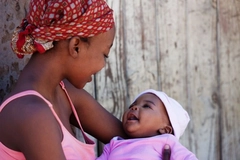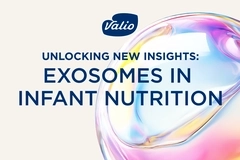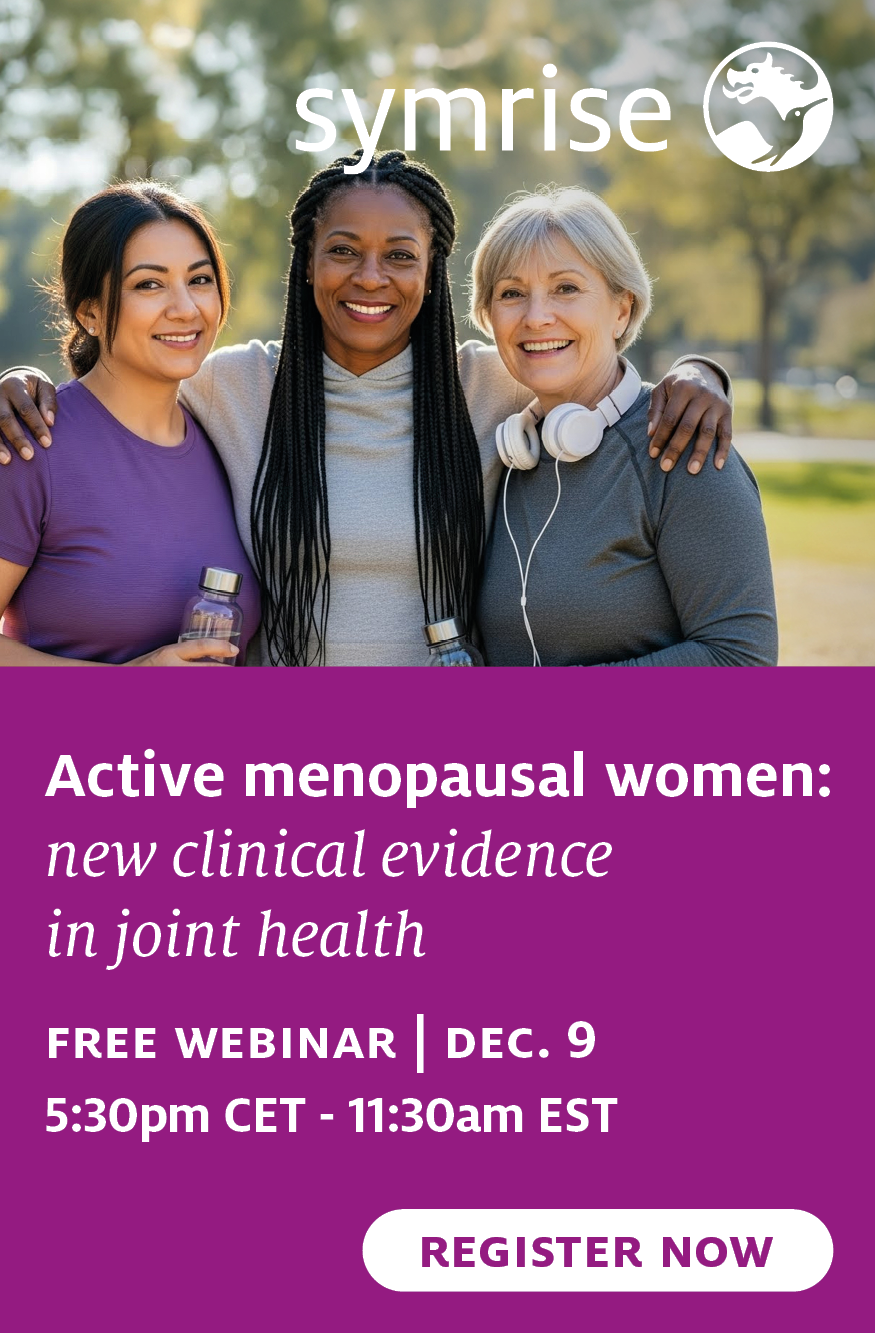EFSA Reject Article 14 Danone Baby Immunity Claim
The Panel considers that the evidence provided on effects of Immunofortis on immune function in five animal studies submitted does not predict the occurrence of an effect of Immunofortis on the initiation of appropriate immune responses including the defence against pathogens in humans.

5 Feb 2010 --- An EFSA Panel has concluded that the evidence provided is insufficient to establish a cause and effect relationship between the consumption of Immunofortis and the initiation of appropriate immune responses including the defence against pathogens.
Following an application from Danone Baby Nutrition, submitted pursuant to Article 14 of Regulation (EC) No 1924/2006 via the Competent Authority of The Netherlands, the Panel on Dietetic Products, Nutrition and Allergies was asked to deliver an opinion on the scientific substantiation of a health claim related to Immunofortis to naturally strengthen the baby’s immune system.
The scope of the application was proposed to fall under a health claim referring to children’s development and health and including a request for the protection of proprietary data.
The Panel considers that the food constituent, Immunofortis, a 9:1 mixture of short-chain galacto- (scGOS) and long-chain fructo-oligosaccharides (lcFOS), is sufficiently characterised.
The claimed effect is “to naturally strengthen the baby’s immune system”. The target population consists of infants who are not breastfed or who are partially breastfed and who are less than 12 months old. In the context of the proposed health relationship, the Panel assumes that the claimed effect refers to a reduction in the risk of “allergic symptoms and common infections”. The Panel considers that a well-functioning immune system includes the initiation of appropriate adaptive immune responses and an appropriate defence against pathogens. The Panel considers that the initiation of appropriate immune responses including the defence against pathogens is a beneficial physiological effect.
The applicant provided 25 study references on human data and 5 references on non-human studies. In addition, the applicant submitted 23 references which included publications of the category reviews, guidelines/consensus opinion and text book chapters.
In a double-blind randomised controlled trial (RCT) with 259 infants with a parental history of atopic dermatitis (AD), allergic rhinitis or asthma, the effects of an extensively hydrolysed cow’s milk whey protein formula with 8 g/L scGOS/lcFOS (9:1 mixture, Immunofortis) or with the same amount of maltodextrin in the placebo group on the incidence of atopic dermatitis and infections were studied. At 6 months of age 206 infants completed the study. A significantly lower number of infants had developed AD by the end of the intervention in the Immunofortis group (10 out of 102 infants; 9.8 %; 95 %CI 5.4 – 17.1) than in the control group (24 out of 104 infants; 23.1 %; 95 %CI 16.0 – 32.1), whereas the severity of AD in the Immunofortis group did not differ significantly from that in the placebo group. Infants in the Immunofortis group had significantly fewer episodes of all types of reported infections combined than those in the control group (21 vs. 47), corresponding to a statistically significantly lower cumulative incidence of infections (16 % vs. 29 %; p < 0.05). The number and cumulative incidence of upper respiratory tract infections, otitis media, gastrointestinal or urinary tract infections did not differ statistically between groups, nor did the number of prescribed antibiotic treatments. At the age of 2 years, 134 children (52 % of the initial 259) finished the follow up period. In the Immunofortis group the cumulative incidence of AD (13.6 % vs. 27.9 %; p < 0.05), recurrent wheeze (8 % vs. 21 %, p < 0.05), and allergic urticaria (1.5 % vs. 10 %; each p < 0.05) was significantly lower than in the control group. The number per infant of all types of paediatrician-diagnosed infections [4.1 ± 3.1 vs. 5.9 ± 4.1 (mean ± SD); p < 0.01], of upper respiratory tract infection (3.2 ± 2.2 vs. 2.1 ± 1.8; p < 0.01), of fever episodes reported by the parents (2.2 ± 1.9 vs. 3.9 ± 2.5; p < 0.0001) and of antibiotic prescriptions (1.8 ± 2.3 vs. 2.7 ± 2.4; p < 0.01) was significantly lower in the Immunofortis group than in the control group. There was no statistically significant difference between groups in the number of otitis media, lower respiratory tract infections, gastrointestinal and urinary tract infections.
The Panel notes a number of weaknesses in this study: the “allergic” nature of clinically diagnosed dermatitis, wheezing and urticaria were not assessed (i.e., by the measurement of commonly accepted immunological parameters); it is unclear how the diagnosis of infection was made by primary care paediatricians (clinical signs and/or symptoms vs. microbiological/serological diagnosis in biological samples), what were the criteria used by paediatricians for antibiotic prescription, and whether those criteria where applied uniformly in the intervention and control groups; there was also a lack of a correction for multiple testing considering the high number of endpoints measured. The Panel considers that the considerable weaknesses of this study, including its follow-up, limit its value as a source of data to support the claimed effect.
The Panel considers that no scientific conclusions can be drawn for substantiation of the claim from RCTs investigating clinical end-points that were either performed with a formulation that included pectin derived acidic oligosaccharides and was therefore different from Immunofortis, or that had limitations in study design and/or were lacking details of study methods and analysis.
The applicant provided 5 double-blind randomised, placebo controlled studies investigating the effect of an infant milk formula with or without scGOS/lcFOS on the number/proportion of various potentially pathogenic bacteria in the stool flora of infants. The Panel considered that for four of these studies the evidence provided does not establish that outcomes measured are appropriate endpoints for a reduction of potentially pathogenic bacteria and that no scientific conclusion can be drawn from these studies regarding the effect of scGOS/lcFOS on the reduction of potentially pathogenic bacteria in the intestine. For the fifth study, the Panel considers that the evidence for a reduction in potentially pathogenic bacteria was inconsistent.
The Panel considers that the evidence provided on effects of Immunofortis on immune function in five animal studies submitted does not predict the occurrence of an effect of Immunofortis on the initiation of appropriate immune responses including the defence against pathogens in humans.
The applicant proposed a number of possible mechanisms by which Immunofortis could exert the claimed effect. A number of studies showed a significant increase of the number/proportion of bifidobacteria in stool samples of infants after consumption of scGOS/lcFOS. The Panel considers that the evidence provided does not establish that an increased number and/or proportion of bifidobacteria in faeces represent a mechanism for initiation of appropriate immune responses. In addition, possible roles for the development of an anti-allergic immunoglobulin profile, or changes in plasma immunoglobulin free light-chain (Ig-fLC) concentrations, or an increase in sIgA, are not supported by the evidence provided.
In weighing the evidence, the Panel took into account that the one human intervention study investigating the effects of Immunofortis on the incidence of atopic dermatitis and the overall cumulative incidence of infections had considerable limitations, that the evidence for an effect of Immunofortis on the reduction of potentially pathogenic bacteria was inconsistent, that the evidence for an effect of Immunofortis on immune function in animal studies does not predict the occurrence of an effect in humans, and that the evidence presented in support of a biologically plausible mechanism by which Immunofortis could exert the claimed effect is not convincing.
The Panel concludes that the evidence provided is insufficient to establish a cause and effect relationship between the consumption of Immunofortis and the initiation of appropriate immune responses including the defence against pathogens.
















